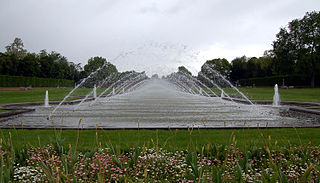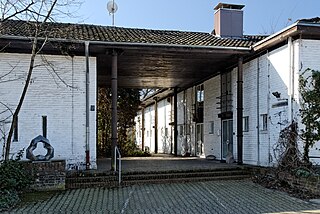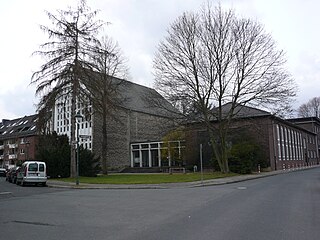Self-guided Sightseeing Tour #7 in Dusseldorf, Germany
Legend
Guided Free Walking Tours
Book free guided walking tours in Dusseldorf.
Guided Sightseeing Tours
Book guided sightseeing tours and activities in Dusseldorf.
Tour Facts
1.7 km
16 m
Experience Dusseldorf in Germany in a whole new way with our free self-guided sightseeing tour. This site not only offers you practical information and insider tips, but also a rich variety of activities and sights you shouldn't miss. Whether you love art and culture, want to explore historical sites or simply want to experience the vibrant atmosphere of a lively city - you'll find everything you need for your personal adventure here.
Activities in DusseldorfIndividual Sights in DusseldorfSight 1: Nordpark
Get Ticket*
The Nordpark in Düsseldorf is a public green space in the Stockum district. It was planned in 1936 for the Reich Exhibition Schaffendes Volk, a propaganda exhibition of the National Socialists, and opened in 1937. The main entrance is on Kaiserswerther Straße, another entrance on the Rhine side on Rotterdamer Straße.
Sight 2: Atelierhaus
The studio house for "young still unmarried painters and sculptors" at Franz-Jürgens-Straße 12 in Düsseldorf-Golzheim was built in 1936/37 according to a design by Hans Junghanns in the style of the home protection architecture. The building ensemble, which is designed as the "artist community center with 12 studios and an exhibition room", is owned by the city of Düsseldorf and is part of a "artist settlement" with sample buildings of the Reich exhibition from 1937, which also includes today's north park and other facilities Name "Settlement creating people" and then "Schlagterstadt" led. In the course of the Reich exhibition, the area of the so -called "New Art Academy" with 52 artist apartments and studios in favor of exhibition halls was planned northwest. The "artist settlement" on today's Franz-Jürgens-Straße offered a replacement for only 22 of the artists. It has been listed as part of the monument area "Golzheimer Settlement" since 2014.
Wikipedia: Atelierhaus für „junge noch unverheiratete Maler und Bildhauer“ (DE)
Sight 3: 39er-Denkmal
The war memorial of the 39ers is located between Rotterdamer Straße and Reeser Platz in Düsseldorf-Golzheim. It is a war memorial for the soldiers of the Lower Rhine Fusilier Regiment No. 39 who were killed or missing in the First World War. It was inaugurated in July 1939. It replaced an earlier monument to the 39ers, which had been demolished for ideological reasons shortly after National Socialism came to power. It has been a listed building since 2002.
Wikipedia: Kriegerdenkmal (Düsseldorf-Golzheim) (DE), Website
Sight 4: Dreimädelbrunnen
The Dreimädelbrunnen is located on the corner of Kaiserswerther Straße / Friedrich-Lau-Straße in the Düsseldorf district of Golzheim.
Sight 5: Tersteegenkirche
The Tersteegenkirche is a Protestant church building in Düsseldorf-Golzheim at Tersteegenplatz 1. It was built between 1957 and 1958 and inaugurated on June 29, 1958. To this day, it is regularly used for church services and concerts. The church is named after the pietist preacher, pastor and writer Gerhard Tersteegen. The owner is the Evangelical Tersteegen parish in the Düsseldorf church district of the Evangelical Church in the Rhineland, a congregation of around 2000 members today.
Share
How likely are you to recommend us?
Disclaimer Please be aware of your surroundings and do not enter private property. We are not liable for any damages that occur during the tours.
GPX-Download For navigation apps and GPS devices you can download the tour as a GPX file.

